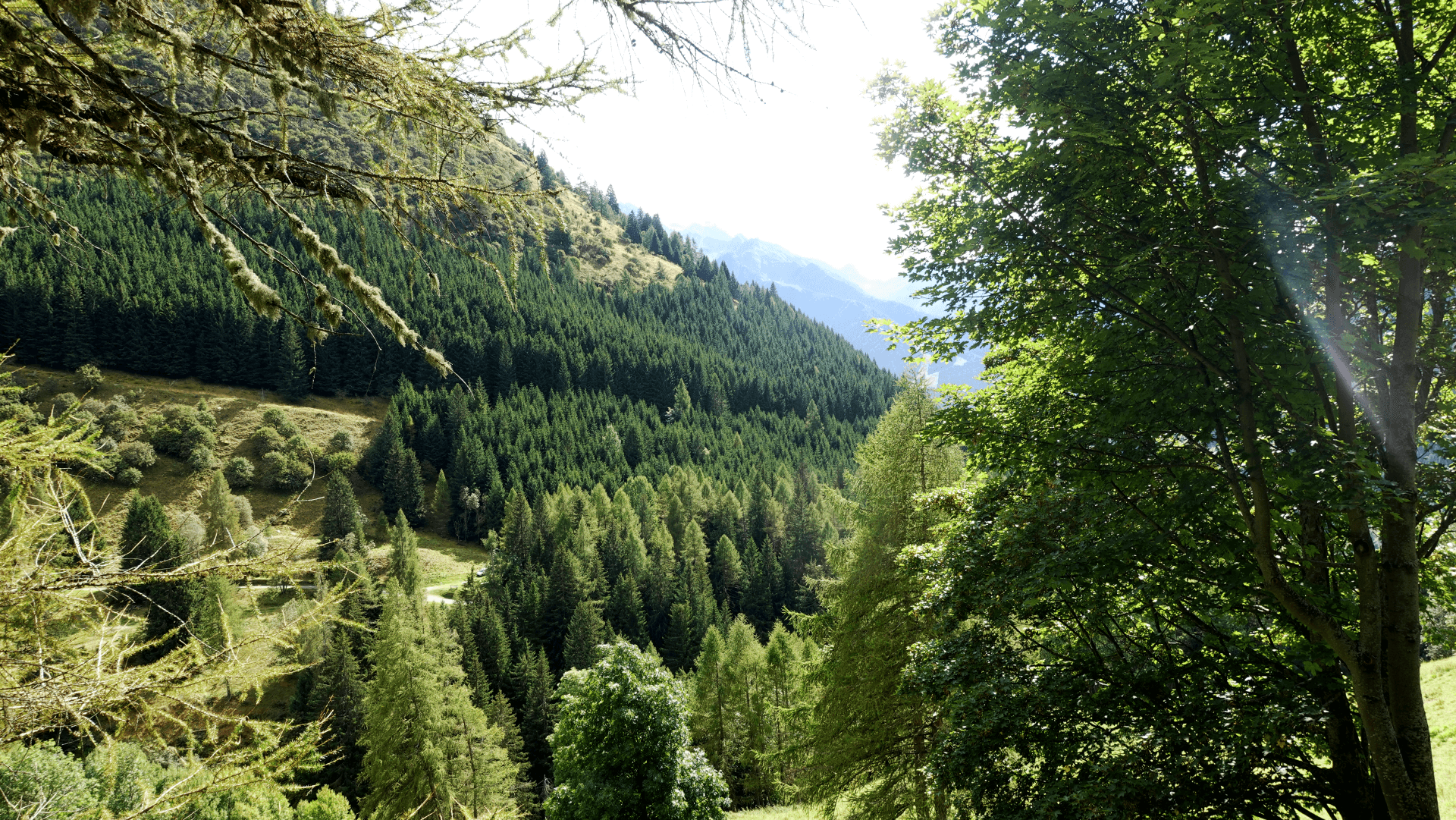Camonica Valley communities innovate, adapting to climate change with sustainable practices beyond tourism.
Climate change impacts are already visible in mountains, which are more sensitive than lowland areas. This affects the essential ecosystem services that mountains provide, and that humans need, such as water, forests, agriculture, and tourism.
REVOLVE visited the Camonica Valley, located halfway across the mountainous Lombardy and Trentino Italian regions. The upper part of the Valley’s borders is blurred between several natural parks, such as the stunning Stelvio National Park, opening a door to the heart of the Alps. The effects of climate change are tangible here through soil erosion, changes in vegetation and tree populations, and permafrost degradation, among others. The Park is suffering from hydrogeological instability, and water-stressed monoculture areas are affected by droughts. The socio-economic consequences are also evident in sectors such as forestry and tourism.













